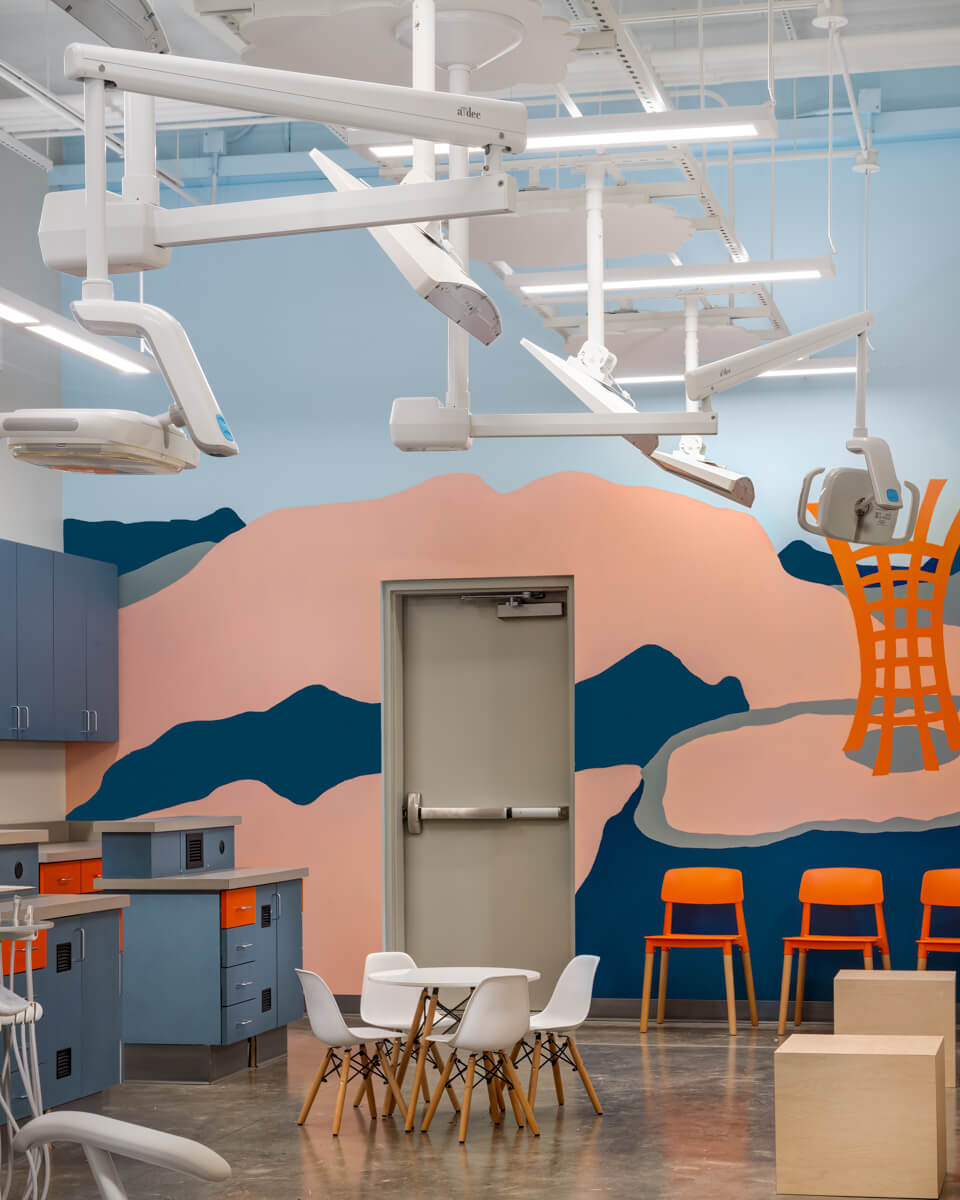Misaligned and crowded teeth are more than a cosmetic issue: they can cause bite problems, TMJ disease, and severely affect an individual’s quality of life. That’s why people with malocclusion are often advised to get braces in Franklin, TN.
Braces were invented more than 100 years ago, and since then, they’ve been a fundamental orthodontic treatment for both kids and adults. Anyone who has undergone this treatment knows it can be invasive, but its results are incomparable.
That’s why many ask themselves, how do braces actually work? In this article, we’ll answer that question.

What Are Braces?
Braces are orthodontic appliances designed to straighten misaligned, crowded, or crooked teeth. They work by applying pressure to the teeth, urging them to move progressively for months or years.
Traditional braces are made of ceramic or metal brackets bonded to your teeth and attached to each other with wires. But nowadays, there are clear aligners like Invisalign®, which have become a popular and effective alternative.
Orthodontists are the type of dentists who specialize in this kind of device and treatment.
A poor bite and crooked teeth can exacerbate issues like tooth decay, abnormal enamel wear, headaches, and pain in the jaw and joints. They can also cause gum and bone loss. That’s why braces are much more than just a treatment for getting a beautiful smile: They can enhance your oral health in general and your ability to bite, chew, and speak.
How Do Braces Work to Straighten Teeth?
All orthodontic treatments work by applying pressure to the teeth, but the way this is conducted depends on the patient and their diagnosis. The amount of time each person needs to wear braces also varies.
The typical course of treatment lasts 18 to 22 months, but if your bite is more complex, braces may be needed for up to three years. Following braces treatment, a retainer helps maintain the teeth in their new position.
Crooked Teeth
With traditional braces, your crowded teeth are gradually moved into a straighter position by constant—but mild—pressure. If not, the strength can actually weaken your teeth and permanently damage your jawbone.
That’s why, throughout your treatment, the wires will be adjusted regularly as they shift, typically every four to eight weeks.
Overcrowding
When teeth are so misaligned because of insufficient jaw space, they are called overcrowded teeth. As teeth don’t have enough space to align properly, unintended consequences like rotation, dislocation, and eruption can happen.
Overcrowding is caused by either too narrow jaw space, an increase in the space between teeth, or a combination of both. It can be caused by genetic or environmental factors.
Orthodontists may ask for some teeth to be extracted if there is crowding so that more space can be created for the remaining teeth to be adjusted and straightened. When this happens, it’s common to remove between one and four teeth.

Overbite
When it comes to bite misalignments like overbites, the treatment is divided into two stages:
- First, the archwire straightens and aligns the teeth.
- During the second stage of braces, little rubber bands or elastics gradually move the jawline into the proper position. To assist in moving the teeth and jaw, the bands are placed on the brackets from front to back or top to bottom. They need to be removed and replaced for eating, drinking, and brushing your teeth.
During this treatment, it is crucial to wear the bands regularly so that constant pressure is applied. The teeth and jaw may hurt more frequently if you wear them on and off.
The Process for Getting Braces
After an initial consultation and X-ray imaging to determine that braces are a viable solution for the patient, the placement is scheduled. As long as you have good oral health, you can get braces installed on the day of your consultation, and it takes roughly two hours.
This covers the time needed to clean and dry your teeth in order to have special glue to bind the brackets in place. Once the brackets are bonded, your orthodontist will insert a wire through them and use several bands to hold everything in place.
After that, you’ll need to visit them regularly for follow-up to check that everything is progressing as it should and will make adjustments, such as tightening the wires.
Are Braces Really Effective?
Orthodontic treatments usually work very well, especially for younger patients. However, patients need to be constant for them to be successful. And an important aspect of that is being able to maintain proper oral hygiene.
Braces can trap food and cause more plaque to build up than usual, so patients need to take extra care when cleaning their teeth. That includes brushing after every meal and flossing at least once a day.
Flossing can be especially hard when there are wires connecting each tooth, but nowadays, there are tools like interdental brushes that make it considerably easier.
Taking care of your braces also comes with a set of dietary restrictions. Sugary foods increase the chances of tooth decay and can stain your teeth. Additionally, hard foods like nuts and tough vegetables can damage and dislodge the brackets, so it’s best to avoid them.
Nevertheless, as long as you’re careful when eating and maintain proper oral hygiene, braces are a very successful treatment.

Do You Need Braces in Franklin, TN?
Unless we’re looking at your smile in pictures, our teeth are something that we don’t tend to think much about. However, when an issue arises, you start noticing what a crucial part they play in our bodies.
Besides working in fundamental actions like eating and speaking, your teeth can significantly impact your quality of life. Malocclusion and bite issues increase the chances of tooth decay and cause TMD, leading to issues like pain when chewing, insomnia, and migraines.
If you think that’s your case, here at Happy Harpeth, we can help you. Reach out and have a professional assess your unique circumstances!
*Invisalign®, the Invisalign logo, and iTero®, among others, are trademarks and/ or service marks of Align Technology, Inc. or one of its subsidiaries or affiliated companies and may be registered in the U.S. and/or other countries.





